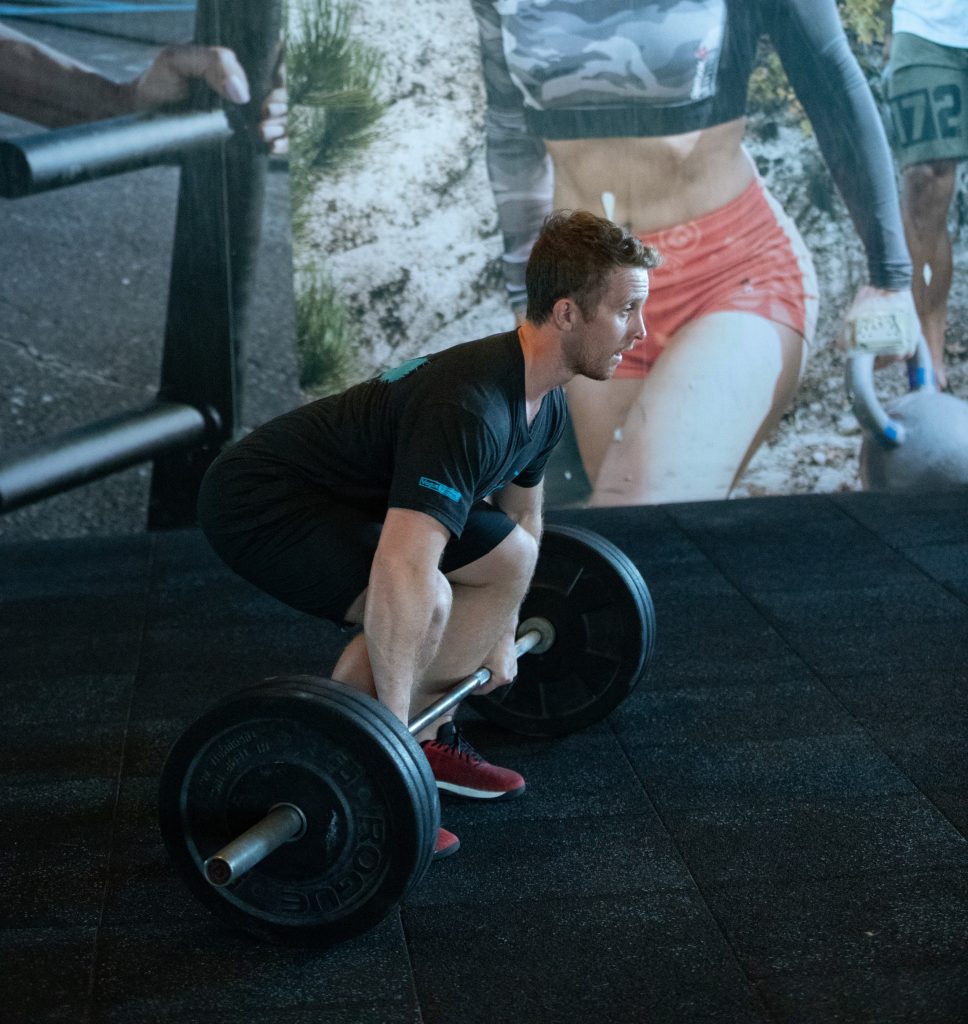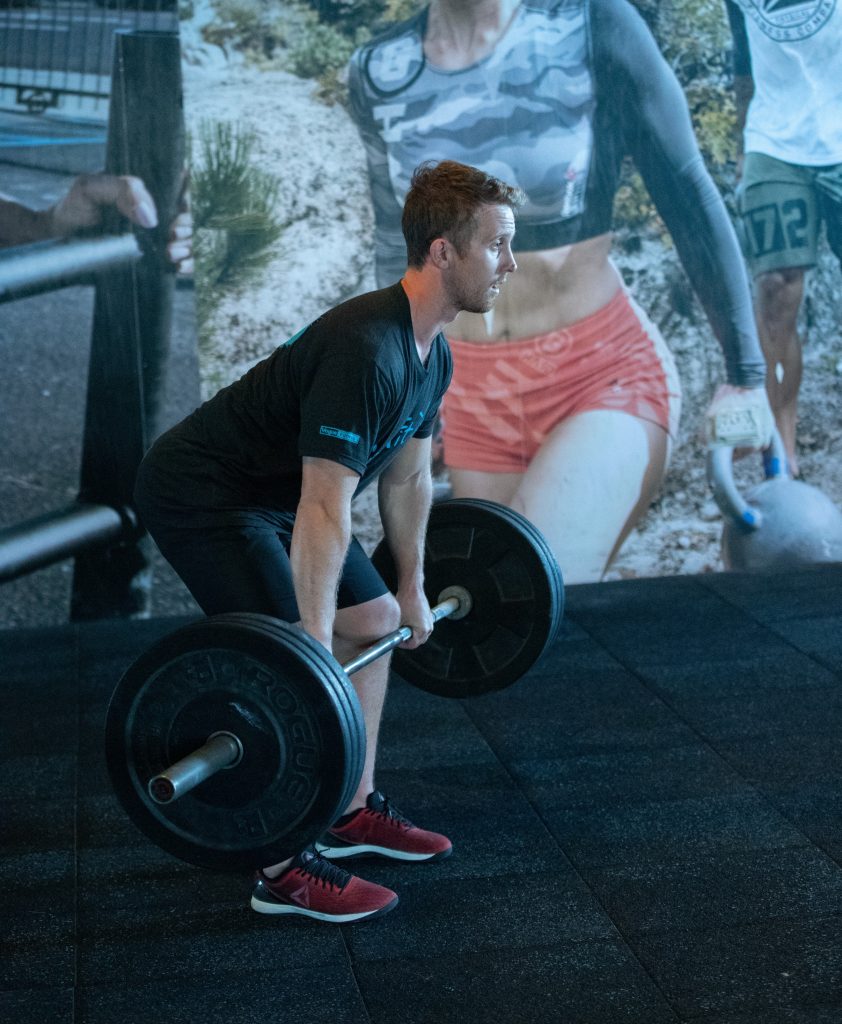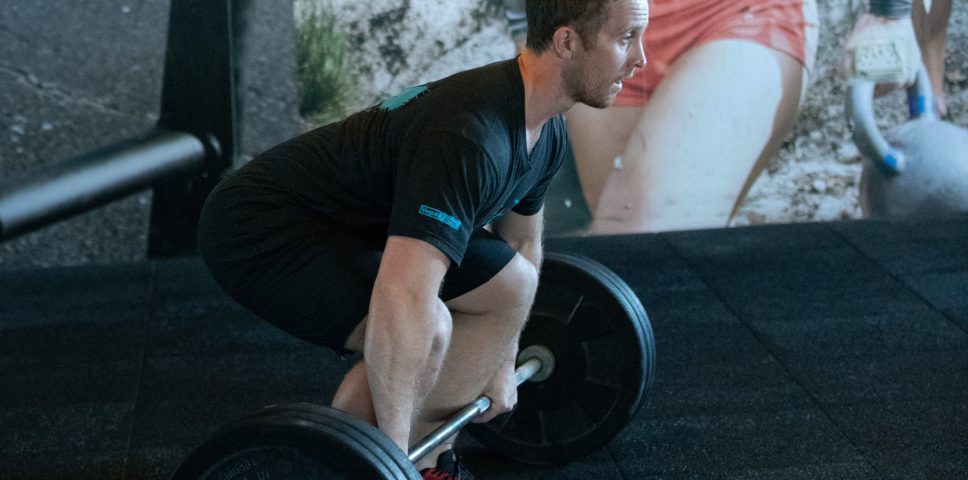Treating Back pain with Dead Lifts

Rhabdo: A Drawback of Intense Exercise
July 1, 2019
Proper nursing posture
July 14, 2019
While deadlifts are commonly blamed and thought of as a low back destroyer, research on back pain tends to say just the opposite. Done properly the deadlift should strength your hips and core which in turn should make your lower back healthier.
Let’s dive into the research on deadlifts for low back pain. deadlifts for low back
WHAT DOES THE RESEARCH SAY ABOUT DEADLIFTS FOR LOW BACK PAIN?
The year 2015 was awesome for deadlift for low back pain research. First Welch et al published a study looking at the effects of a 16-week free-weight resistance training routine on patients with lower back pain for greater than 3 months in duration. They included a lot of exercises we would traditionally see in strength & conditioning programs (and much less frequently seen in physical therapy and chiropractic clinics) such as deadlifts, goblet squats, lunges, planks, and step ups.
They also had individuals lifting loads between their 6 and 10 rep maxes (YES!!! No 2lb ankle weight leg lifts, useless clam shells, or TA activation work). Any psychological beliefs around pain were also addressed in this study (for more on this, visit Ice.Physio Comprehensive Pain Management Course)
So, what did they see?
Significant improvements in fatty infiltrate of the lumbar muscles, a 72% decrease in pain scoring, 76% improves in disability measurements, and increases in quality of life assessments!

A second study (published in two parts) further expanded on the use of deadlifts for low back pain treatment. Asa 2015 took patients with greater than 3 months of mechanic low back pain and split them into two groups. One group did 8 weeks of deadlift training, the other group did low load motor control exercises designed to specifically target the impairments of the individuals. After the intervention, both groups had significant decreases in pain intensity, and increases in strength & muscle endurance measurements.
The only statically significant difference between groups was in their Patient Specific Functional Scale, which favoured the low load group. But how surprising is this given that their rehab plan specifically targeted the individual’s impairments? This study makes me curious about what the research says would happen if we combine individualized motor control exercises with deadlifts.
The same group further broke the deadlift group down in a follow up paper to determine which patients in the deadlift group responded best to that intervention. This paper provides insights into who we should prescribe deadlifts to.
According to their analysis, patients with lower intensity of pain (<60mm on the pain VAS) and with better lumbar spine endurance (>60 seconds on the Biering-Sorensen Test) had greater improvements with a deadlift-based rehab program than those not meeting those criteria.

For those unfamiliar with the Biering-Sorensen Test, a modified version can easily be performed in most gyms using a glute ham developer. Position the GHD so that the pad is on the ASIS (anterior superior iliac spine) with the feet locked into the holder. The athlete then holds their body out with the trunk in neutral alignment for as long as possible. The test is terminated when the subject becomes excessively fatigues or when neutral trunk alignment is no longer maintained. Previous research has shown this test to be reliable in identifying individuals with low back pain.
Worried about starting to incorporate Deadlifts into your rehab program? Not sure you have the technique?
No worries come see us at Diversified Integrated Sports Clinic so we can guide you back to pain free movement.
A second study (published in two parts) further expanded on the use of deadlifts for low back pain treatment. Asa 2015 took patients with greater than 3 months of mechanic low back pain and split them into two groups. One group did 8 weeks of deadlift training, the other group did low load motor control exercises designed to specifically target the impairments of the individuals. After the intervention, both groups had significant decreases in pain intensity, and increases in strength & muscle endurance measurements.
The only statically significant difference between groups was in their Patient Specific Functional Scale, which favoured the low load group. But how surprising is this given that their rehab plan specifically targeted the individual’s impairments? This study makes me curious about what the research says would happen if we combine individualized motor control exercises with deadlifts.
Sion J.
[ad_2]
Source link



